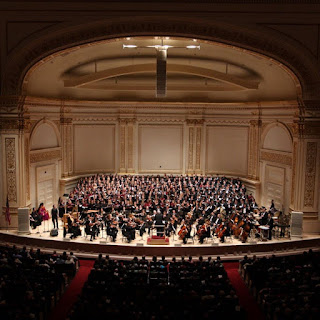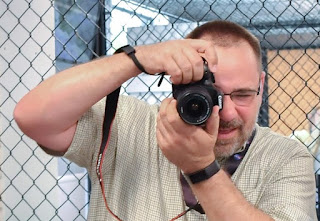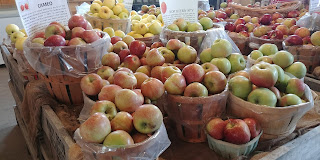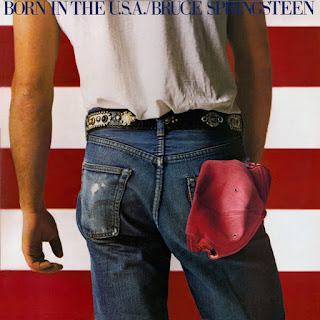 A symphony conductor was late to a performance, and he was running quickly up 7th Avenue in New York City to make up some time. A tourist saw him in his tuxedo, baton in hand, and, assuming he was on his way to the famous concert venue, asked, "Excuse me, how do you get to Carnegie Hall?"
A symphony conductor was late to a performance, and he was running quickly up 7th Avenue in New York City to make up some time. A tourist saw him in his tuxedo, baton in hand, and, assuming he was on his way to the famous concert venue, asked, "Excuse me, how do you get to Carnegie Hall?"Without missing a beat, the out-of-breath conductor hollered, "Practice!"
Oh, how much wisdom is imparted in this simple joke. Just as a musician can only rise to a level to perform in a premiere symphony arena such as Carnegie Hall if he or she improved his or her skills through practice, the skills to perform any hobby improve with a similar application. That goes for anything. Painting, woodworking, gardening or archery. If you want to get better at it, you have to put time into it. There really are no shortcuts.
 The beautiful thing about photography - especially digital photography - is there is little cost to practice after an initial outlay of money for equipment. For most of us, we already have perfectly capable cameras included in our cell phones. If you are looking for something with more flexibility, it costs little to pick up a used camera from a friend who is upgrading or a refurbished model from someplace online. It costs nothing for photos to be developed, so it's OK to take risks and try different shots. And, with social media, email and other photo sharing services, it costs nothing to share the results of your practice with friends, family and others.
The beautiful thing about photography - especially digital photography - is there is little cost to practice after an initial outlay of money for equipment. For most of us, we already have perfectly capable cameras included in our cell phones. If you are looking for something with more flexibility, it costs little to pick up a used camera from a friend who is upgrading or a refurbished model from someplace online. It costs nothing for photos to be developed, so it's OK to take risks and try different shots. And, with social media, email and other photo sharing services, it costs nothing to share the results of your practice with friends, family and others.By practicing photography, you will start to notice more about the world around you. That interesting architectural detail on the building you walk by every day. The flowering shrub in the backyard with the amazing colors that come out only once a year. The smiles of the important people in your life as they go about their daily routines. That stunning sunrise that seems to happen once in a lifetime. Each of these will start to jump out at you, and you may find yourself reaching for your camera to get a shot so you can recall the moment days, months or years from now.
Photography also allows others to see the world how you see it, giving them valuable insight into your life. I always get a thrill when someone comes to my house and asks where a particular photo hanging on my wall was taken, or how I got such a unique view of the subject.
It was Rod Stewart who famously sang that, "every picture tells a story, don't it?"
 He wasn't kidding.
He wasn't kidding. Does practicing photography mean you will become a rich and successful fashion photographer working the runways at Milan? An adventure photographer snapping photos deep in the Amazon rain forest for National Geographic?
No more than taking the time to practice on a violin will get you into the orchestra playing at Carnegie Hall.
What it will do will give you the skill set to enjoy your time at the shutter button, developing memories along the way.
Capture and enjoy every single one of them.

























